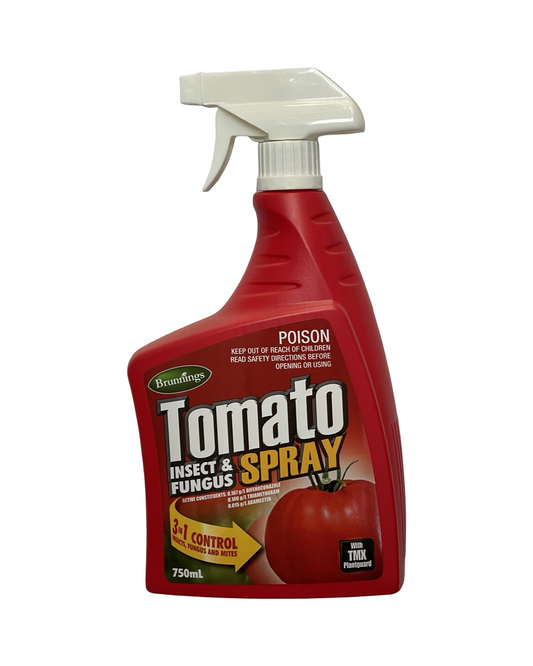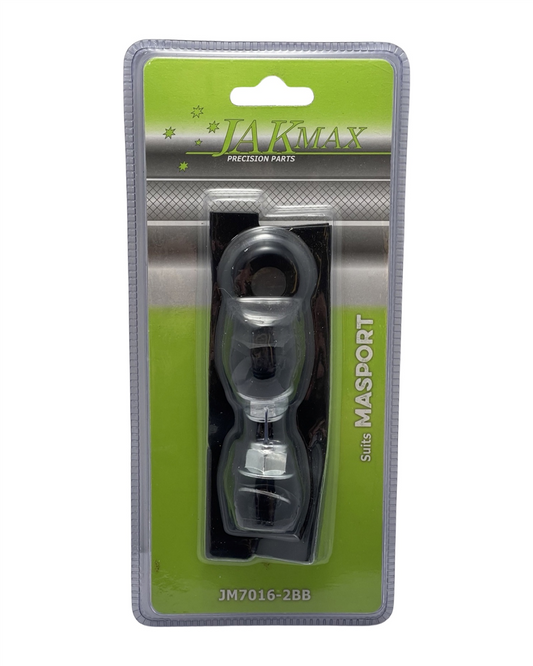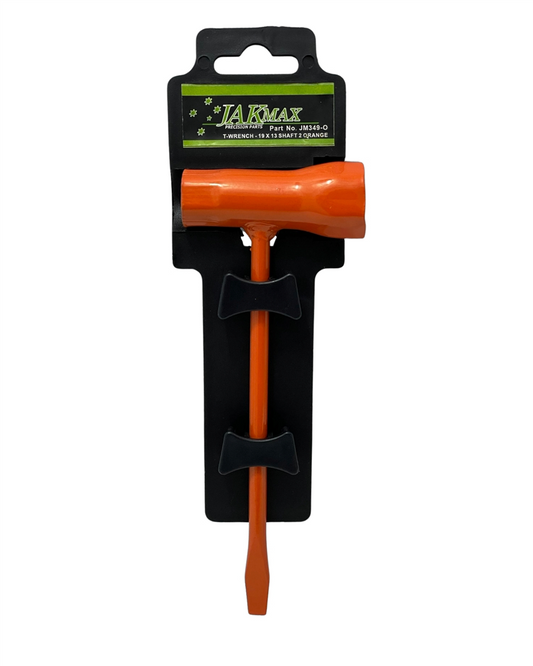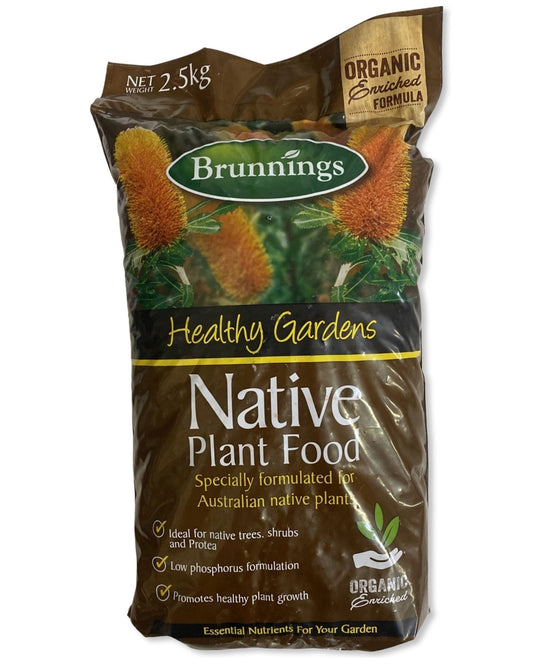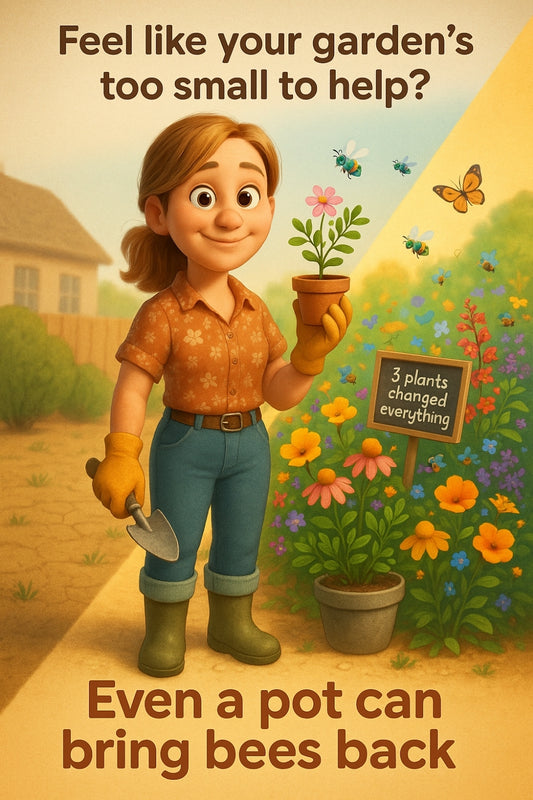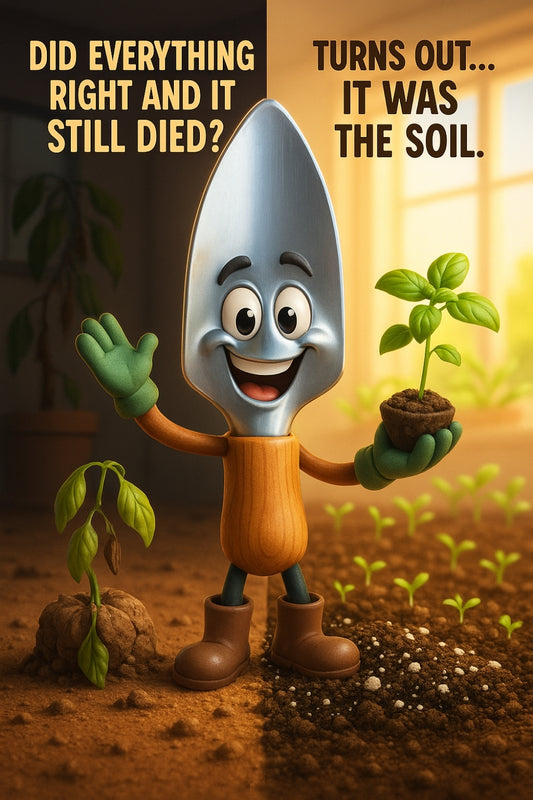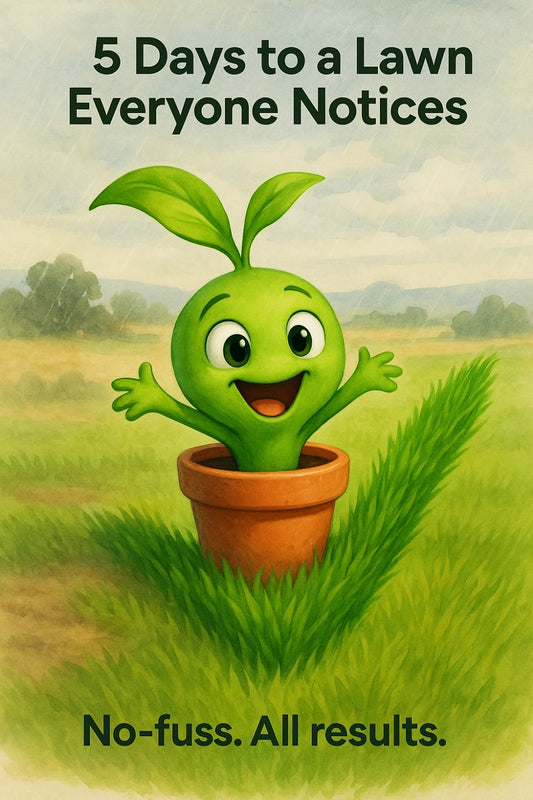How to stop pests from ruining your crops while keeping bees safe
Share
Keeping Pests at Bay Without Harming Your Garden’s Best Allies
Picture this: You’ve spent weeks tending to your garden, watching your plants sprout new life, only to wake up one morning and find leaf-munching invaders making a buffet out of your hard work. Frustrating, right? But before you reach for that one-size-fits-all pesticide, consider the tiny buzzing workers who call your garden home—bees.
Bees are more than just friendly visitors; they’re essential. Without them, your fruits and veggies might struggle to thrive. So, how do you banish those unwanted pests without putting your pollinating pals at risk? Let’s dig into some bee-friendly pest control solutions.
Choose Natural Predators Over Chemicals
Nature has its own pest control team, and you don’t have to pay them a cent! Ladybirds, lacewings, and even praying mantises are natural predators for aphids and caterpillars. Encouraging these beneficial bugs into your garden can reduce pest populations without harming your bees.
- Plant diversity: Introduce flowers like dill, fennel, and marigolds to attract helpful insects.
- Provide shelter: Leave a few nooks and crannies in your garden where these friendly predators can hide.
- Avoid pesticides: Even organic ones can harm the good guys if used indiscriminately.
Companion Planting: Your Secret Weapon
Some plants are natural pest repellents. By strategically placing them alongside your crops, you can deter hungry insects while keeping the ecosystem balanced.
- Basil & Tomatoes: Basil repels whiteflies and aphids while enhancing tomato growth.
- Lavender & Veggies: Its strong scent wards off fleas and moths but attracts bees.
- Garlic & Roses: Keeps aphids at bay while letting your roses flourish.
By using companion planting, you’ll rely less on sprays and foster a buzz-friendly environment.
DIY Bee-Safe Pest Sprays
A homemade spray can do wonders without the collateral damage of store-bought pesticides. Here are two tried-and-true recipes:
- Neem Oil Mix: Combine a few drops of neem oil, a teaspoon of natural soap, and water. Spray in the early morning or late evening when bees are least active.
- Chilli & Garlic Spray: Blend a chilli, a clove of garlic, and water. Strain and spray on affected areas to deter sap-sucking pests.
Both mixes should be applied carefully, avoiding blooming flowers where bees forage.
Mulch & Physical Barriers
Mulching isn’t just for moisture retention. Straw, bark, or even coffee grounds can deter pests like snails and slugs while boosting soil health. For added protection, try:
- Row covers: Lightweight fabric can shield young plants without blocking sunlight.
- Copper tape: Keeps snails and slugs out of your veggie patch.
- Eggshells: Crushed shells act as a natural deterrent for crawling insects.
Water & Timing Matter
Overwatering can attract pests like fungus gnats and root rot-loving critters. Water in the morning to give plants time to dry, reducing the risk of mould and unwanted pests. While you're at it, inspect your plants. Catching infestations early means you can act before they get out of hand.
A Thriving Garden Without the Unwanted Guests
Protecting your crops from pests doesn’t mean sacrificing the bees that help your garden thrive. By choosing natural deterrents, encouraging beneficial insects, and timing treatments correctly, you can create a lush, healthy garden without resorting to harsh chemicals. Your plants will flourish, your fruits will fill out, and the bees will continue their tireless work, keeping your garden alive.
So, next time you spot a hungry caterpillar eyeing off your veggies, remember—there’s always a bee-safe way to handle it.
Happy gardening! 🌿🐝
 Stay Connected
Stay Connected
Join our gardening community on Facebook at Urban Gardener's Notebook
And follow our Store Facebook Page: Strathalbyn H Hardware on Facebook

